Experiments in Eco-Processing
Blog 2017 Summer
May and June 2017
 Welcome to the blog! Part science experiment, part artistic exploration. I am figuring things out as I go, there will be discoveries and likely missteps but at the end of the journey, I hope to have something...either to pass on or build upon. My goals are to explore, discover, learn, and create. I am not a scientist or mathematician or chemist though I do have a deep appreciation for nature and science. If this helps you excellent! If you have things to offer...also excellent, please share! Thank you for reading.
Welcome to the blog! Part science experiment, part artistic exploration. I am figuring things out as I go, there will be discoveries and likely missteps but at the end of the journey, I hope to have something...either to pass on or build upon. My goals are to explore, discover, learn, and create. I am not a scientist or mathematician or chemist though I do have a deep appreciation for nature and science. If this helps you excellent! If you have things to offer...also excellent, please share! Thank you for reading.
I have been experimenting with Ricardo Leite's Eco-Reversal Process - trying different variations of lemon and lime juice. I learned that straining lemons and limes is particularly important when using the Lomo Tank because the small juice vesicles can clog the spiral making it difficult to clean. The lemon or lime juice was not consistent for me, sometimes I would get a faint reversal, other times I would get nothing but dense film with nothing on it - perhaps it was because the quality or age of the citrus fruits or the developing times. I started to experiment with various measurements of Hydrogen Peroxide H2O2 Ricardo's recipe calls for 800mL of 9% Hydrogen Peroxide however I could only source 35% Hydrogen Peroxide which means I needed to do some simple math to account for the higher concentration of Hydrogen Peroxide.
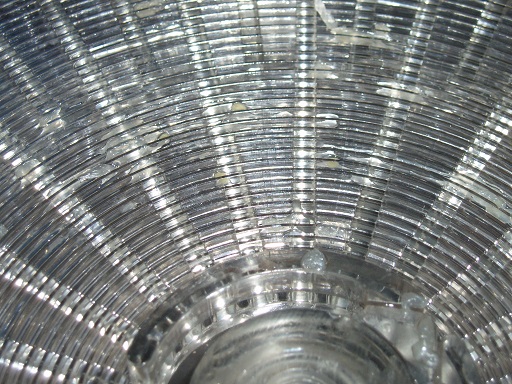 The equation I used:
The equation I used:
C1 X V1 = C2 X V2
C1 = 35%
C2 = 9 %
V2 = 800 ml .80 L
Therefore:
V1 = C2 X V2 ÷ C1
V1 = 0.20571 or 205.71 ml
I started with a Caffenol Reversal - caffenol is tried and true and consistent. Though the reversal worked the first experiments resulted in dark and dense film (over-processed). I equate it to a few factors:
* mixing the caffenol in the wrong order (this only happened once)
* over agitation
* challenges keeping the bleach at 38°C
* challenges at keeping the caffenol developer warm for the second developer (or sometimes overheating the second developer)
I also, on a whim, tried the reversal-process with an asparagus tea and the colt's foot weedol - very poor judgment on my part - a waste of time and resources. But that is exactly what I learned from doing that. Focus on mastering one recipe before going on to something completely different - no matter how pretty the asparagus and colt's foots are!
August 2017
One of my film club friends shared with me her Eco-Reversal Recipe recently. We have affectionately called it Rena-versal. I have tested out a few times using caffenol as the first and second developer and it appears to be stable. I also experimented with caffenol as the first developer and the colt's foot weed-ol as the second developer again very consistent.
Eco-Reversal with caffenol as first developer and colt's foot (weed-ol) as second developer.
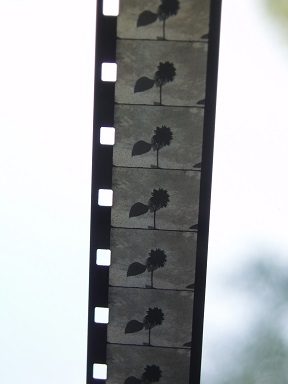
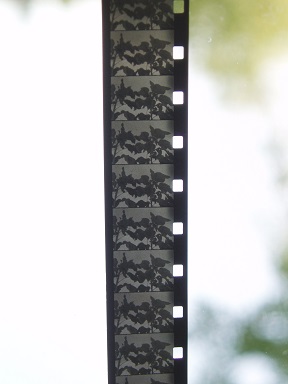
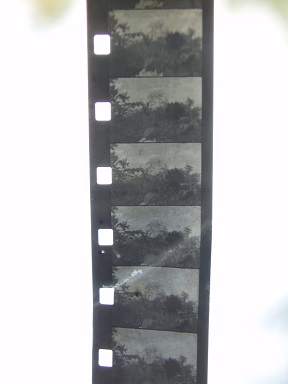
September 2017
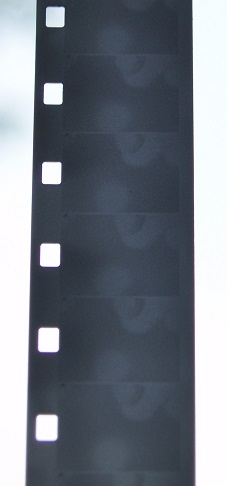 I bought some beets at a rogue vegetable stand this week. The beets were dried out and didn't have much flavour, so I decided to re-purpose them for developer. I know this going against lessons learned earlier this summer, but I didn't want to waste the beets.
I made a regular developer "beet-ol" boiling down the beats straining then mixing the beat juice or "tea" with washing soda and vitamin C. I developed the film for 15 minutes at 27°C.
I bought some beets at a rogue vegetable stand this week. The beets were dried out and didn't have much flavour, so I decided to re-purpose them for developer. I know this going against lessons learned earlier this summer, but I didn't want to waste the beets.
I made a regular developer "beet-ol" boiling down the beats straining then mixing the beat juice or "tea" with washing soda and vitamin C. I developed the film for 15 minutes at 27°C.
The results indicate that I could have used less time to develop .
This got me thinking about quality of material. I have also been encountering some unusual results with the colt's foot weed-ol as the summer progresses, I am finding that the weed leaves aren't working as well as they did earlier in the season. The active ingredient (phenols) seem to be losing their potency as time progresses though the plant continues to grow. It makes sense that a plant's energy can be directed to focus on other activities during the growing season, like flowering, fruit production, root development, or seed development but how does this redirection of energy effect the phenols and how does that effect the developer? There are optimal times to harvest flowers, fruits, vegetables, and seeds for human consumption but do these harvest times correlate with the same harvest times for making a plant based film developer? And what does this mean if you are using a root as a developer? When is the best time to harvest the root? When it is relatively young or when it is growing or when it is in storage mode? These are all questions I will be thinking about as I go forth.